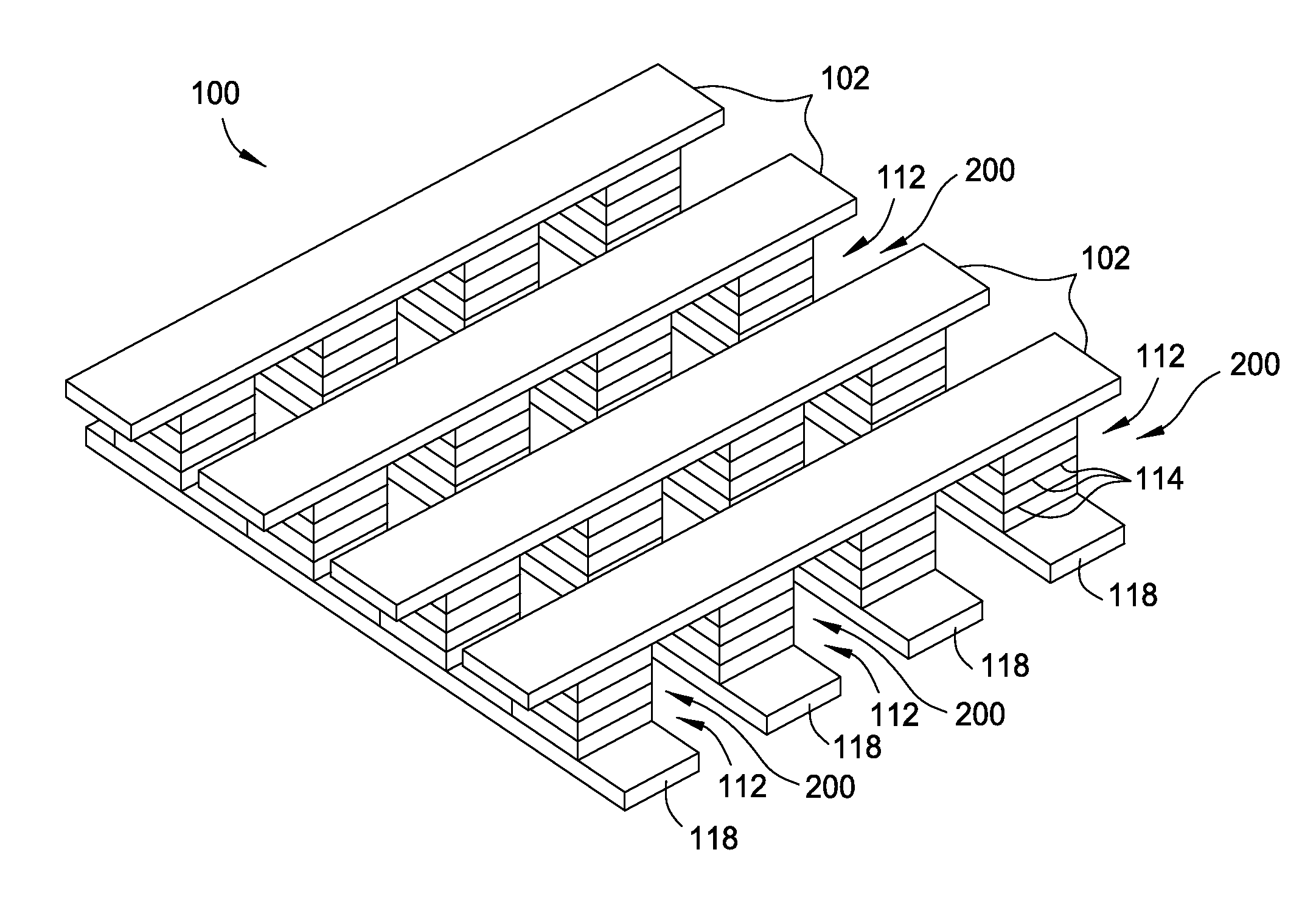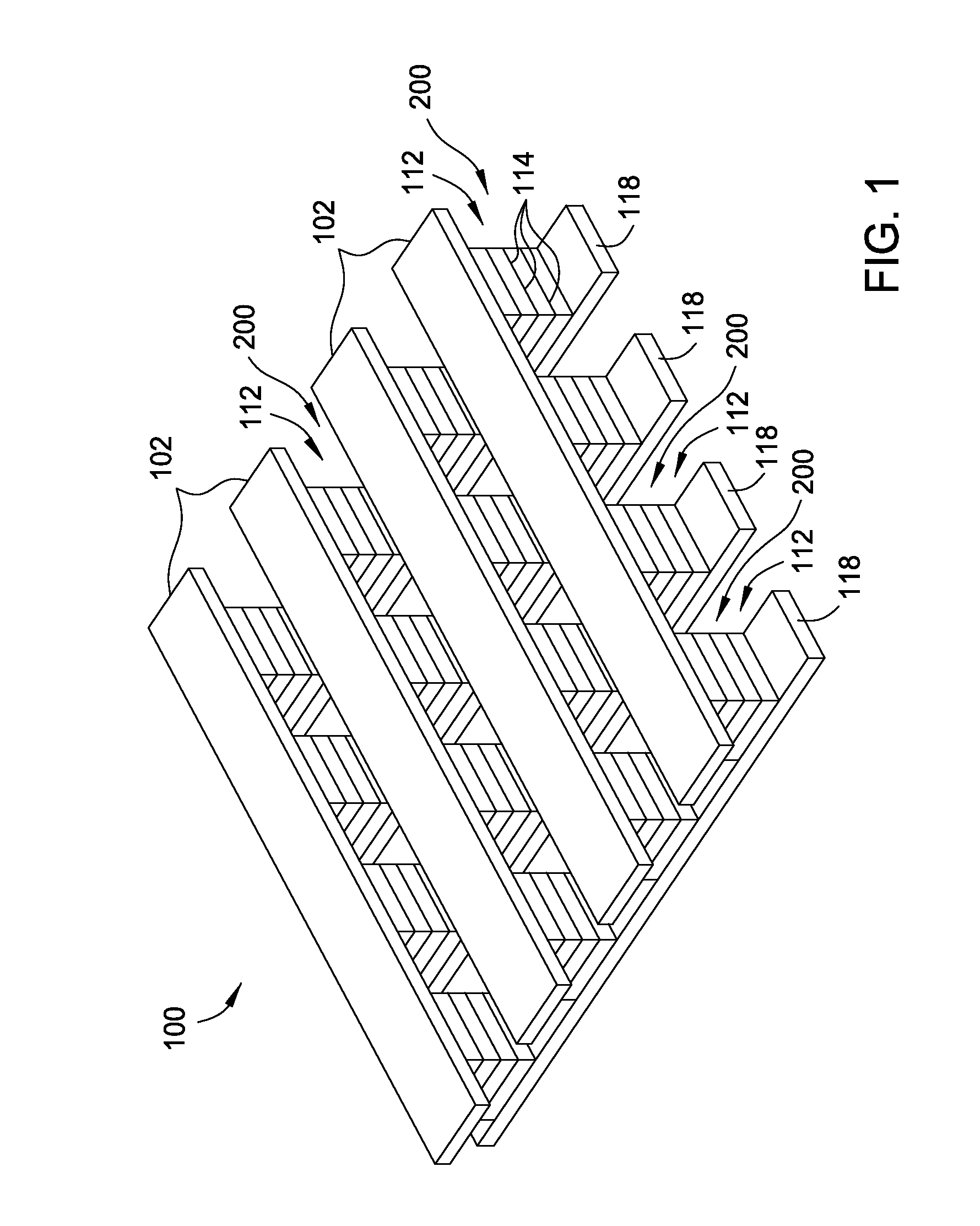Nonvolatile memory device using a varistor as a current limiter element
a current limiter and nonvolatile memory technology, applied in the direction of bulk negative resistance effect devices, semiconductor devices, electrical equipment, etc., can solve the problems of difficult to use low resistance metal oxide films to form reliable nonvolatile memory devices, the resistance of these films and/or the ratio of high-to-low resistance states is often insufficient to meet the needs of traditional nonvolatile memory technology, and the difficulty of using low resistance metal oxide films to achieve the effect of reducing the forming voltage o
- Summary
- Abstract
- Description
- Claims
- Application Information
AI Technical Summary
Benefits of technology
Problems solved by technology
Method used
Image
Examples
Embodiment Construction
[0030]Embodiments of the invention generally include a method of forming a nonvolatile memory device that contains a resistive switching memory element that has an improved device switching performance and increased usable lifetime, due to the addition of a current limiting component disposed therein. In some embodiments, the current limiting component comprises a varistor that is a resistive material that is disposed within a formed resistive switching memory element in a nonvolatile resistive switching memory device. The electrical properties of the formed current limiting layer are configured to lower the current flow through the variable resistance layer by adding a fixed series resistance in the formed nonvolatile resistive switching memory device. It is generally desirable to form the current limiting layer so that its material and electrical properties will not degrade or breakdown during the often high current “burn-in” type device preparation steps, such as the “electrical ...
PUM
 Login to View More
Login to View More Abstract
Description
Claims
Application Information
 Login to View More
Login to View More - R&D
- Intellectual Property
- Life Sciences
- Materials
- Tech Scout
- Unparalleled Data Quality
- Higher Quality Content
- 60% Fewer Hallucinations
Browse by: Latest US Patents, China's latest patents, Technical Efficacy Thesaurus, Application Domain, Technology Topic, Popular Technical Reports.
© 2025 PatSnap. All rights reserved.Legal|Privacy policy|Modern Slavery Act Transparency Statement|Sitemap|About US| Contact US: help@patsnap.com



